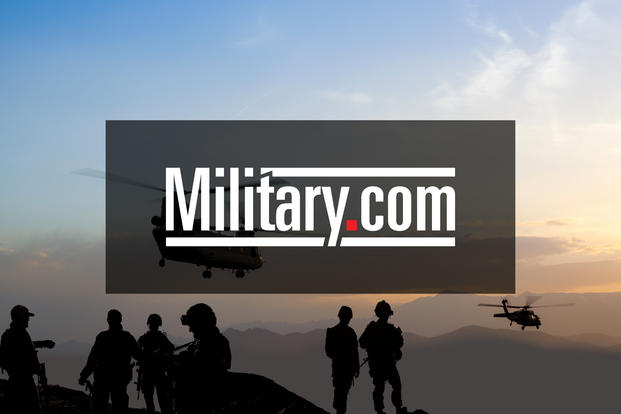At least six people in Puerto Rico were reported dead in the aftermath of Hurricane Maria on Friday as the U.S military geared up for a massive two-pronged relief effort across the Caribbean.
The U.S. territory, home to 3.5 million U.S. citizens, is in the grips of a near-total power outage, and island authorities are scrambling to evacuate residents near a dam that is threatening to collapse in flash flooding.
Hector Pesquera, head of Puerto Rico's Department of Public Safety, said at least six were killed in the direct hit by Maria. "We are aware of other reports of fatalities that have transpired by unofficial means, but we cannot confirm them," he said.
The National Weather Service said the Guajataca Dam in the northwestern part of the island is in danger of failing.
"This is an extremely dangerous situation," the San Juan office of the NWS said in a tweet. "Buses are currently evacuating people from the area as quickly as they can."
At a Pentagon briefing, Brig. Gen. Diana Holland, commander of the U.S. Army Corps of Engineers South Atlantic Division, said the San Juan airport has been opened to military flights, but the military response thus far has been mostly limited to overflights to assess damage and gauge where relief and rescue efforts are most needed.
There already was "a lot of damage across the board" from Hurricane Irma, "and that was before Maria struck," she said.
"We recognize there are people that have lost their homes, their belongings, their livelihood," Holland said.
The military is preparing to do "everything possible to help" in Puerto Rico, the U.S. Virgin Islands and through the Leeward Islands of the Caribbean, she said.
In a briefing to defense reporters late Thursday, Adm. Kurt Tidd, commander of U.S. Southern Command, said SouthCom would focus its efforts through Joint Task Force Leeward Islands on the islands east of the Virgin Islands.
SouthCom will work in international territories through the State Department and the U.S. Agency for International Development's office of Foreign Disaster Assistance, Tidd said.
U.S. Northern Command will work through the Federal Emergency Management Agency and the governors of Puerto Rico and the Virgin Islands in the U.S. territories, he said.
On Friday, the amphibious assault ship Wasp, which had already responded to the Virgin Islands after Hurricane Irma, arrived off twice-devastated Dominica in the Leeward Islands to support State Department assistance and aid in the evacuation of U.S. citizens, SouthCom said in a statement.
In Puerto Rico, one of the first priorities is to re-establish communications, which were decimated in the onslaught by Maria, the National Guard Bureau said in a statement.
The Guard is setting up Joint Incident Site Communications Capability (JISCC) systems as a stopgap communications bridge for first responders, the Bureau said.
The Bureau said 18 JISCC systems were deployed to support relief efforts after Hurricanes Harvey and Irma made landfall.
In response to Hurricane Maria, there are currently four JISCCs on-site in Puerto Rico and the U.S. Virgin Islands, with more on the way, the Bureau said.
NorthCom said in a statement that its Navy component, U.S. Navy North, is continuing damage assessment flights of airfields, cities and coastal regions in Puerto Rico and the U.S. Virgin Islands, using aircraft from the amphibious assault ship Kearsarge and the dock landing ship Oak Hill.
-- Richard Sisk can be reached at Richard.Sisk@Military.com.






























